Developing carbon markets is one of the important keys to achieving green transition and environmental protection goals. This not only helps reduce greenhouse gas emissions but also creates financial resources for environmental protection projects, encourages technological innovation and raises public awareness. For Vietnam, the carbon market promises to be the key to a successful green transformation. Prioritized in the digital transformation process, Son La has basically digitized administrative procedures in the fields of livestock, veterinary medicine and aquaculture. On the afternoon of November 7, at the 8th Session of the 15th National Assembly, the National Assembly Standing Committee proposed that the National Assembly allow adjustments to the 8th Session. On the afternoon of November 7, at the Party Central Committee Headquarters, General Secretary To Lam received Cuban Ambassador to Vietnam Orlando Nicolas Hernandez Guillen on the occasion of the Ambassador's end of his term. According to information from the People's Committee of Giong Rieng district, the total capital of the National Target Program 1719 allocated by the province to the district from 2022 to 2024 is 40 billion 875 million VND. Accordingly, the district has mobilized and integrated resources from many ethnic policy programs and projects to implement sustainable poverty reduction work among ethnic minorities. In particular, the district focuses on prioritizing investment in education development, vocational training, and job creation for rural workers and ethnic minority workers. On the evening of November 7, a leader of the People's Committee of Ia Rve commune, Ea Sup district, Dak Lak province said that the authorities had found the bodies of a drowned couple, who died from a boat capsize while crossing the lake to work on the fields. The Ninh Thuan Provincial Ethnic Minorities Committee has stepped up propaganda to raise awareness among ethnic minority people and ethnic boarding schools to make efforts to push back child marriage and incestuous marriage. Coordinate with units to effectively implement Sub-project 2 under Project 9 of the National Target Program on Socio-Economic Development in Ethnic Minority and Mountainous Areas (National Target Program 1719). Looking at the peaceful scenery today, few people know that the Xo Dang people in Mo Banh 2 village, Dak Na commune, Tu Mo Rong district, Kon Tum province once experienced a sad past. The whole village was swept away by the 2009 flood and many people passed away forever. However, with the support of the local government and the spirit of striving of the Xo Dang people here, Mo Banh 2 village has gradually revived in the new land. The summary news of the Ethnic and Development Newspaper, on November 6, has the following notable information: Opening the door of knowledge for children in the highlands. Then Pa - Where traditional beauty blends into every house. Visit Con En to bathe in the sunset of the Tien River in a unique tourist area built from driftwood. Along with other current news in the ethnic minority and mountainous areas. During the 2 days of November 7-8, the Women's Union of Phu Thien district organized a Festival, exchanging "Community Communication Teams" to promote the good cultural customs of ethnic minorities, contributing to promoting gender equality. Participating in the Festival and exchange were more than 100 members, from 12 community communication groups in 7 communes in the area. On November 7, Ha Giang Provincial Police coordinated with KATIA Group International Company Limited (Hanoi) and Meo Vac District People's Committee to organize the groundbreaking ceremony to build a preschool class for highland students in Can Chu Phin commune, Meo Vac district. After 3 years of implementing the National Target Program on socio-economic development in ethnic minority and mountainous areas for the period 2021 - 2030, phase I: From 2021 - 2025 (abbreviated as National Target Program 1719), the rural appearance of ethnic minority areas in Krong No district, Dak Nong province has developed strongly, the life of ethnic minorities has been improved both materially and spiritually. To better understand the results and impacts of the National Target Program 1719 on ethnic minority areas in the district, reporters of the Ethnic and Development Newspaper interviewed Chairman of the People's Committee of Krong No district Ngo Xuan Ha. With the strong direction of the entire political system, the implementation of the National Target Program on socio-economic development in ethnic minority and mountainous areas for the period 2021 - 2030, phase I: From 2021 - 2025 (abbreviated as the National Target Program 1719) has brought practical results, gradually changing the face of the border district of Ia H'Drai (Kon Tum province). Developing the carbon market is one of the important keys to achieving the goal of green transformation and environmental protection. This not only helps reduce greenhouse gas emissions but also creates financial resources for environmental protection projects, encourages technological innovation and raises public awareness. For Vietnam, the carbon market promises to be the key to a successful green transition.
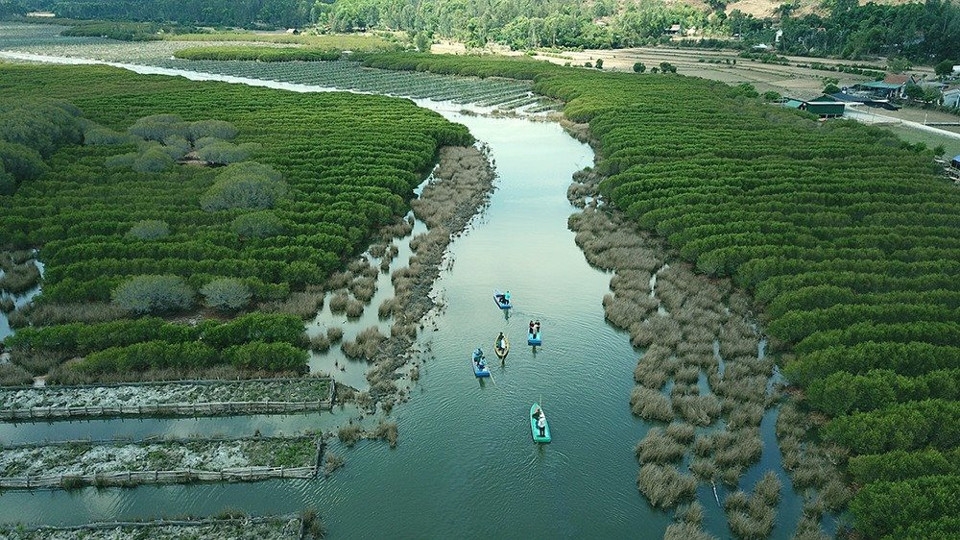
Potential revenue source for forestry industry
Carbon markets are not a new concept. They are a system where CO2 emissions are bought and sold as a commodity, where each carbon credit represents one ton of CO2 or other greenhouse gases reduced or removed. There are two main types of markets: mandatory markets (regulated by the Government ) and voluntary markets (allowing companies to voluntarily participate to improve their image and social responsibility).

In terms of forest carbon potential by ecological regions of Vietnam, statistics from the Ministry of Agriculture and Rural Development show that the Northeast, North Central, South Central and Central Highlands regions have the greatest potential. It is estimated that in the period 2021 - 2030, Vietnam will possess about 40 - 70 million forest carbon credits that can participate in the exchange in the world carbon credit market.
Earlier this year, the Ministry of Agriculture and Rural Development (MARD) issued a Decision announcing the national forest status in 2023. Accordingly, the forest area (including forest area that does not meet the criteria for calculating the coverage rate) is 14,860,309 hectares, of which: Natural forest 10,129,751 hectares; planted forest 4,730,557 hectares. The forest area that meets the criteria for calculating the coverage rate is 13,927,122 hectares, of which: Natural forest 10,129,751 hectares, planted forest 3,797,371 hectares. The national forest coverage rate is 42.02%.
According to the representative of the Department of Forestry, Ministry of Agriculture and Rural Development, forests are places that absorb and store large amounts of carbon, so the forestry sector is emitting negative net emissions (absorbing many times more than emitting), the potential for transferring emission reduction results and trading carbon credits of forests is huge.
According to forestry experts, it is estimated that in the period 2021 - 2030, Vietnam will own about 40 - 70 million forest carbon credits that can participate in the exchange in the world carbon credit market, thereby being able to earn tens of thousands of billions of VND from transferring forest carbon credits.
Vietnam is currently implementing the Greenhouse Gas Emission Reduction Payment Agreement for the North Central Region (currently institutionalized in Decree No. 107/2022/ND-CP dated December 28, 2022 of the Government), which is the ERPA signed on October 22, 2020 between the Ministry of Agriculture and Rural Development and the International Bank for Reconstruction and Development, part of the World Bank (WB) group.
In 2023, for the first time in Vietnam, the forestry sector successfully transferred 10.3 million natural forest carbon credits (10.3 million tons of CO2) for the period 2018 - 2024 to the World Bank at a unit price of 5 USD/ton. To date, the Vietnam Forest Protection and Development Fund has received 51.5 million USD from the World Bank and coordinated with 6 provinces in the North Central region to make payments to beneficiaries according to regulations.
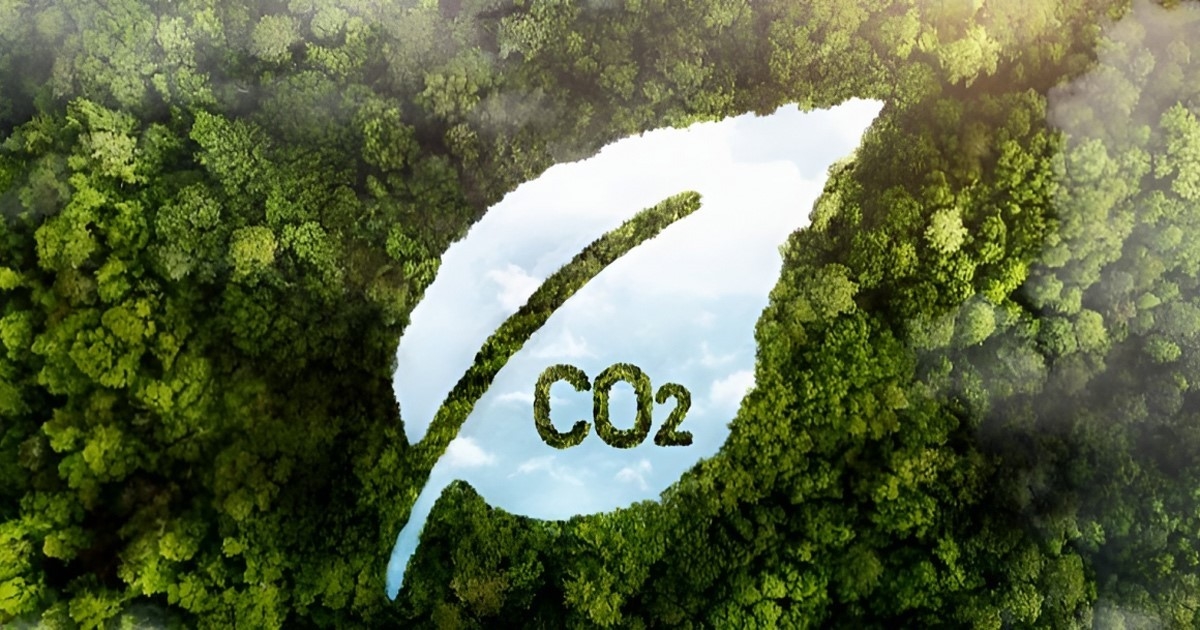
It is necessary to build and pilot a number of potential projects.
The global carbon credit market is expected to reach a value of over 100 billion USD by 2023. And Vietnam, with its forest area of nearly 15 million hectares, can earn hundreds of millions of USD each year from selling carbon credits. Not only does it help protect forests, this source of income also creates sustainable finance to support communities living near forests. At the same time, it contributes to fulfilling Vietnam's commitment to achieving carbon neutrality by 2050.
To promote the development of the forest carbon market, it is necessary to update forest carbon standards, methods for calculating emission reduction results, and build a system for measuring and reporting the effectiveness of emission reduction from forests. According to the proposals of some managers and experts, it is necessary to develop and pilot a number of potential projects, and at the same time perfect policies on management and financial transfer from forest carbon credits.
The Ministry of Agriculture and Rural Development will assess the potential for emission reduction and carbon sequestration from forests at the national, regional and local levels up to 2030, with a view to 2050. Accordingly, it will allocate emission reduction quotas from forests to ecological regions and localities annually for the period 2021 - 2030, to implement the Nationally Determined Contribution (NDC) target. Develop national standards for forest carbon credits and provide detailed regulations on the system for measuring, reporting and verifying the amount of emission reduction/increased carbon sequestration of forests.
Along with that, build a database, registration system, and manage forest carbon credits. Advise on organizing negotiations, signing, and implementing emission reduction purchase and sale agreements in the Central Highlands and South Central regions with the Forestry Finance Enhancement Organization (Emergent) and other partners...
Currently, ministries and sectors are building and perfecting the legal basis and institutional, technical and capacity conditions to deploy the domestic carbon market and participate in the world carbon market. Accelerating the legal corridor and specific guidelines will contribute to realizing the goal of piloting a carbon credit trading floor by 2025 set by the Government.
At the same time, it will help Vietnam fulfill its commitment to reduce net emissions to "0" by 2050. Along with that, it will be the orientation for the period from 2028 to organize the operation of an official carbon credit trading floor; regulate the activities of connecting and exchanging domestic carbon credits with regional and global carbon markets.
Carbon credit is a term used to refer to a tradable certificate that represents the right to emit a certain amount of CO2 or a certain amount of GHGs converted to CO2 equivalent. In the most general way, a carbon credit can be considered a type of “license” that allows its owner to emit carbon dioxide (CO2), or other greenhouse gas emissions converted to CO2 equivalent, with the amount of emissions equal to the number of credits they own. One carbon credit is equal to 1 ton of carbon dioxide (CO2) or 1 ton of other greenhouse gas converted to 1 ton of CO2 equivalent.
Source: https://baodantoc.vn/tin-chi-carbon-rung-chia-khoa-de-chuyen-doi-xanh-thanh-cong-1730979400334.htm



![[Photo] General Secretary To Lam visits Kieng Sang Kindergarten and the classroom named after Uncle Ho](https://vphoto.vietnam.vn/thumb/1200x675/vietnam/resource/IMAGE/2025/10/09/1760023999336_vna-potal-tong-bi-thu-to-lam-tham-truong-mau-giao-kieng-sang-va-lop-hoc-mang-ten-bac-ho-8328675-277-jpg.webp)
![[Photo] President Luong Cuong attends the 80th Anniversary of the Traditional Day of Vietnamese Lawyers](https://vphoto.vietnam.vn/thumb/1200x675/vietnam/resource/IMAGE/2025/10/09/1760026998213_ndo_br_1-jpg.webp)

![[Photo] Prime Minister Pham Minh Chinh chairs a meeting of the Government Standing Committee on overcoming the consequences of natural disasters after storm No. 11](https://vphoto.vietnam.vn/thumb/1200x675/vietnam/resource/IMAGE/2025/10/09/1759997894015_dsc-0591-jpg.webp)



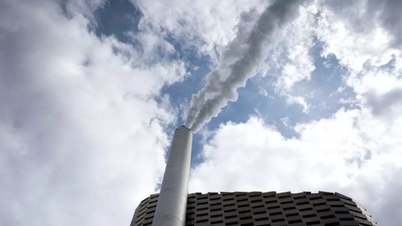

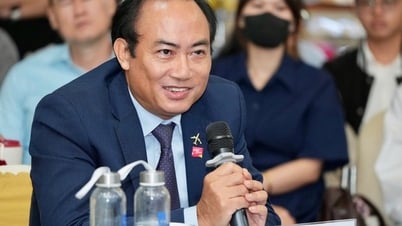


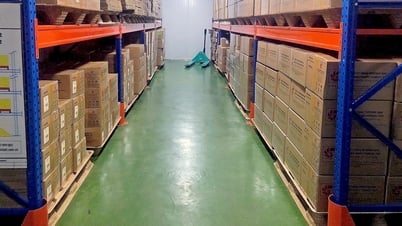
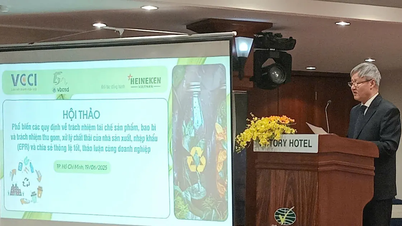



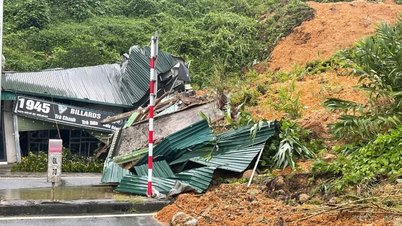

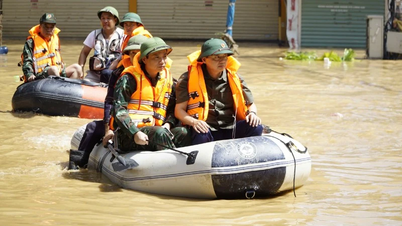







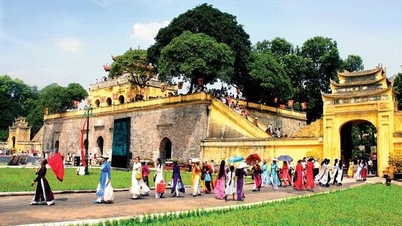

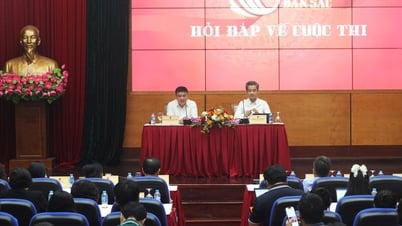
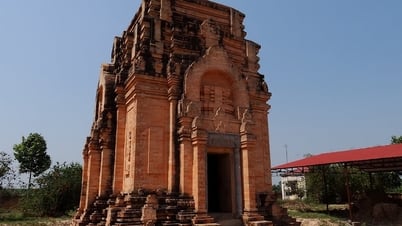

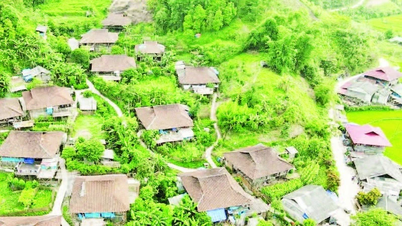
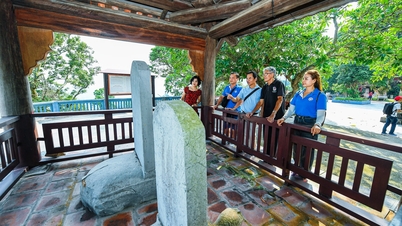

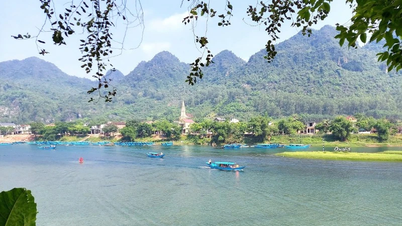











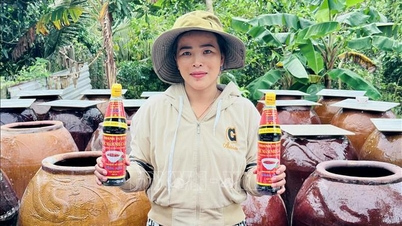



















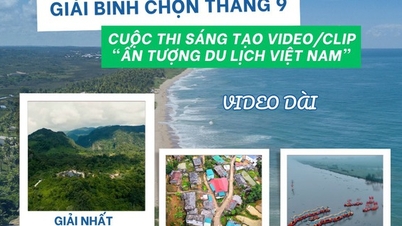




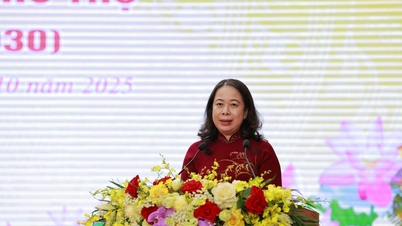
















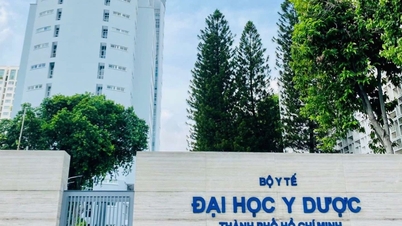
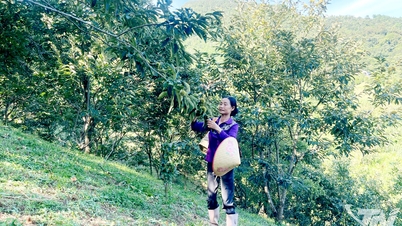


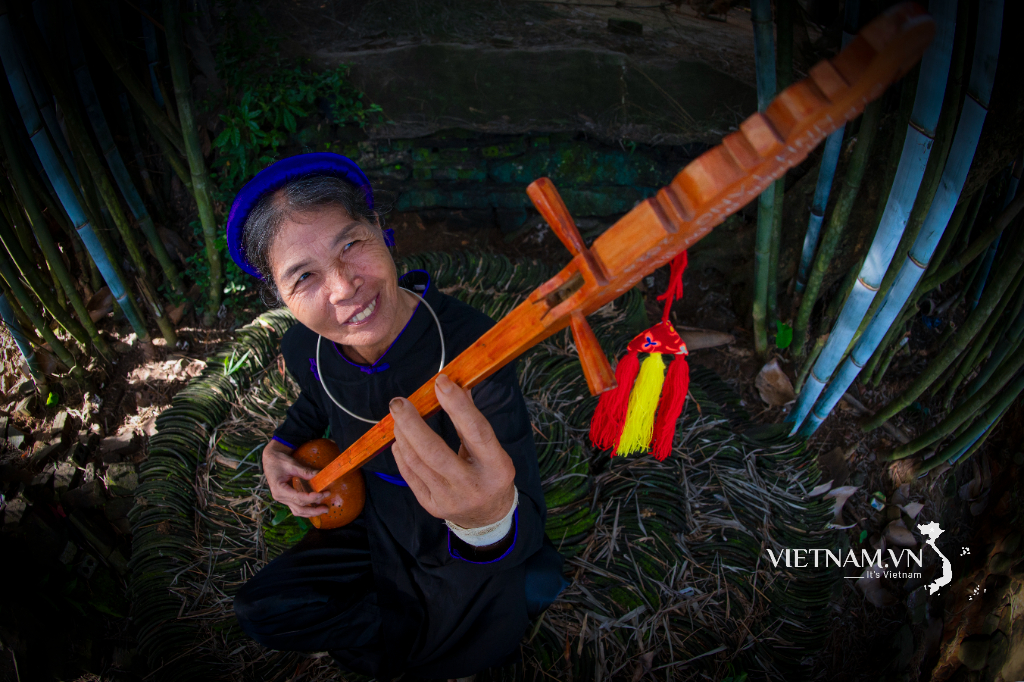


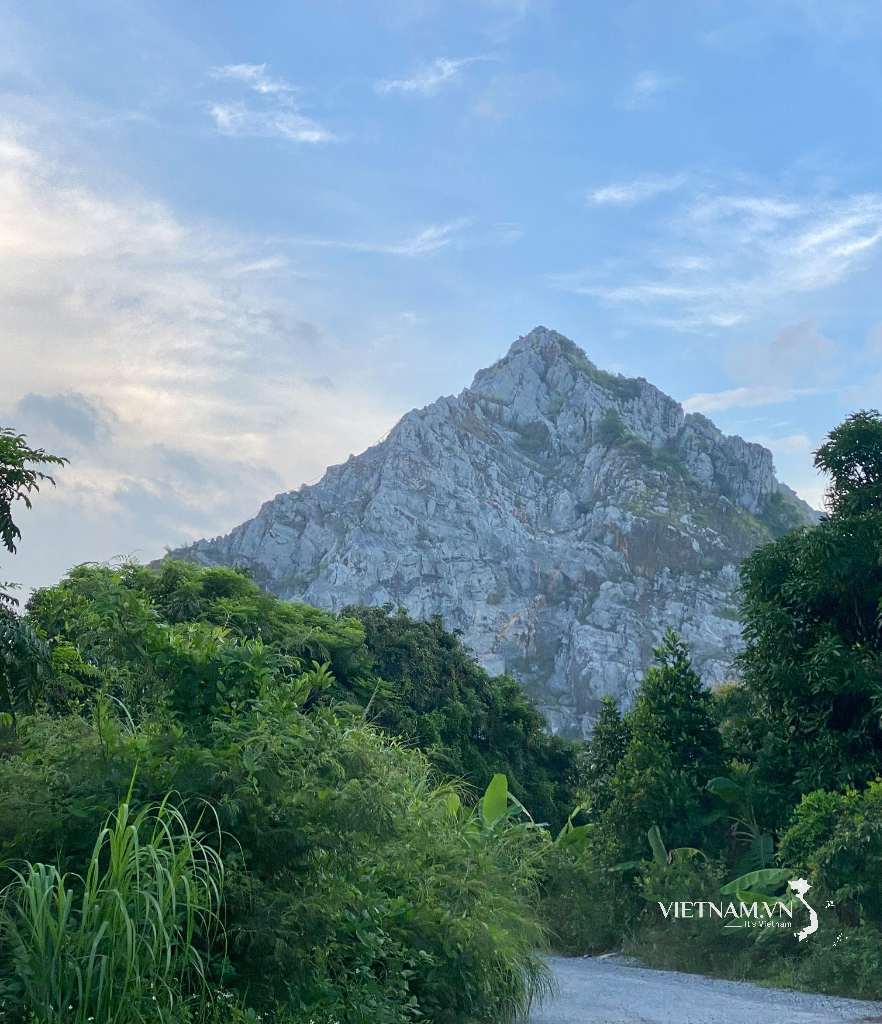
Comment (0)